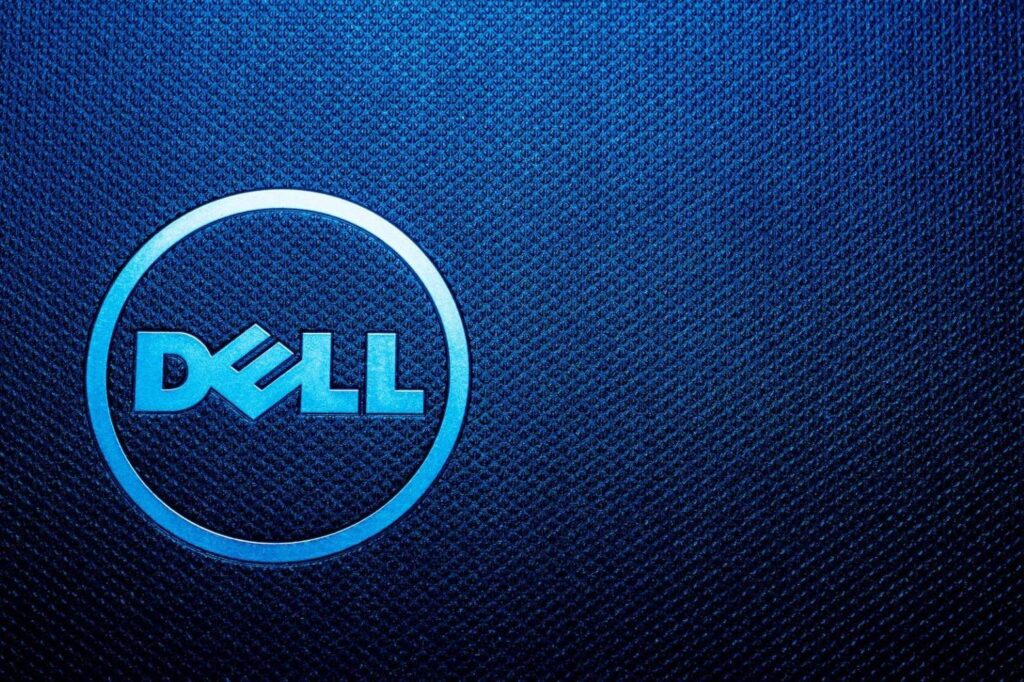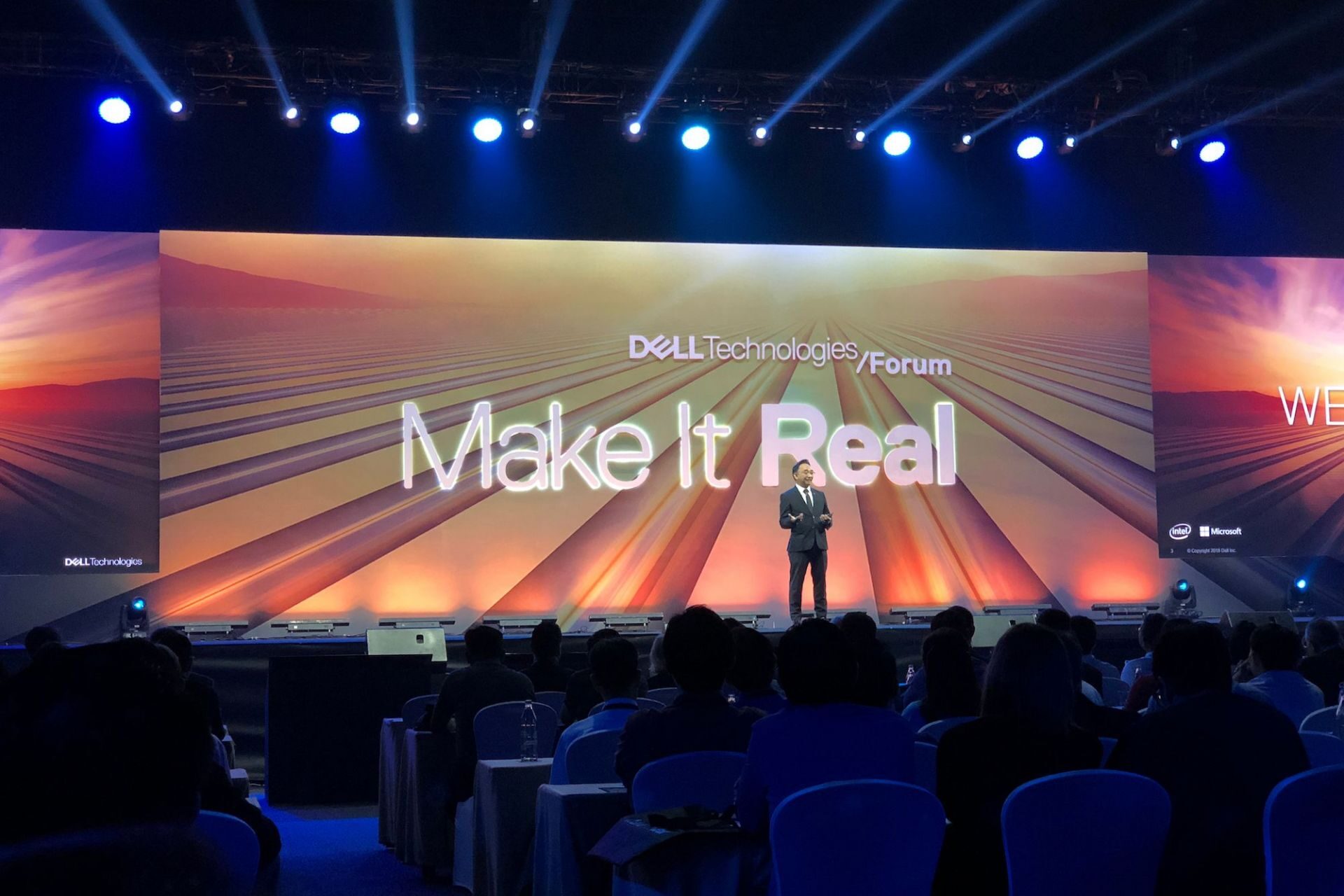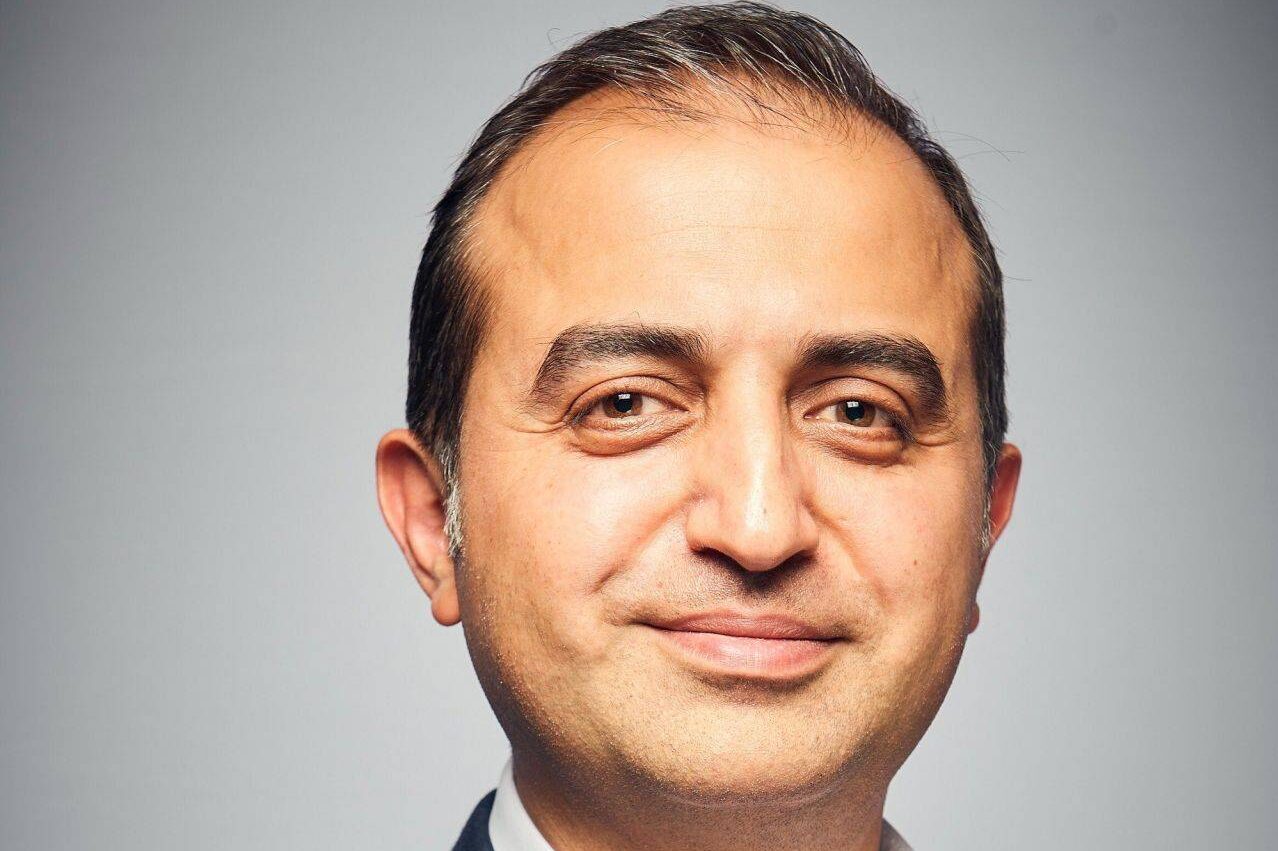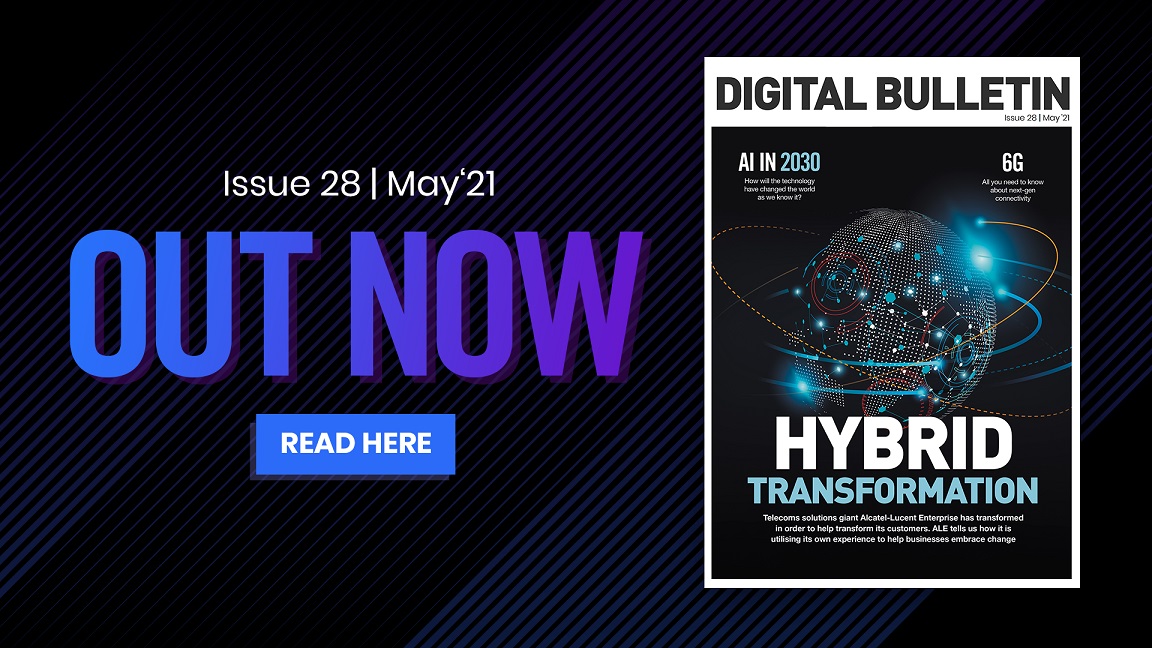
The shadow of telecom giants is long, and it can often obscure many of the actors involved in providing connectivity or facilitating innovation in the sector. However, they are often the protagonists that create lasting change.
Many telecommunications companies are currently held back by costly and complex traditional network architectures. McKinsey’s annual telecoms IT benchmarking survey shows that many telcos consider themselves to be “trapped in a vortex of spiralling complexity”. Cloud, edge and 5G technologies can change that. However, in order to leverage these technologies successfully, telcos will need to undergo a complete transformation of their systems and architectures to embrace more modern and open solutions that provide a platform to innovate.
Network infrastructures need to become more agile, flexible and scalable, and telecoms companies need partners that can support these new open standards, actively develop architectures and bring innovation to market; partners like Dell Technologies.
“We believe at Dell Technologies – and we’ve held this view for a number of years now – that technology should be and will be used to drive the progression of humanity,” says Arash Ghazanfari, UK CTO at Dell. “I think that, as we are moving towards more hopeful times and towards a point where we can recover and take advantage of the digital future, edge computing and 5G are going to be fundamental to the growth and running of more sustainable business models.”
Transformation is always beneficial but, during a global pandemic, it is essential for survival. This is true of all companies, but especially telcos, which need to embrace these new technologies and take advantage of their benefits in order to keep up with last year’s increase in demand for global connectivity.

Although Dell is not a telecommunications provider, Ghazanfari believes in the increasingly important role that IT providers will play in the provision of connectivity technologies in the digital future, and particularly in the post-COVID world.
“There is now an unprecedented demand for communication and, at the same time, telcos are experiencing unprecedented levels of stress on their finances,” he tells Digital Bulletin. “We can help them move from proprietary architectures to more open standards and allow them to virtualise some of the differentiated services that they need to deliver and move towards a more software-defined and open architecture.”
Currently, the majority of telecom providers are having to deal with the “technical debt” created by proprietary technologies based on old closed standards controlled by a handful of vendors. This situation significantly reduces the ability of telcos to innovate and ties it to the innovation cycles of those hardware manufacturers. The move towards open standards is a clear way out.
“Essentially, what you are doing is decoupling the hardware and software capabilities, and freeing them from the shackles of old proprietary infrastructures,” Ghazanfari says. “And this is actually fundamental to our telecom strategy here at Dell Technologies.”
South Korea offers a glimpse into this possible digital future. Last January, Dell and SK Telecom announced an innovative new partnership in a country whose telcos don’t suffer the burdening legacy of old architectures. Both companies have found a way to monetise 5G by creating the world’s first fully integrated MEC solution, named OneBox MEC. OneBox MEC combines the SK Telecom’s 5G MEC Platform, Dell Technologies’ PowerEdge and PowerSwitch technologies, and VMware’s vSphere and Tanzu Kubernetes into one single, fast and reliable MEC platform.
“In emerging markets like South Korea, they don’t have that sort of technical debt,” Ghazanfari explains. “They have had from the start a very robust capability that they built for the future of more mature economies.
“We have this period of transition that we need to go through in the West. And the reality is that Dell Technologies, with the mindset that we have around creating open platforms for more collaborative capabilities and extensive partnerships, we can help telcos move from those old proprietary architectures to more open and extensible standards going forward.”

We believe that technology should be and will be used to drive the progression of humanity
Getting started on this path towards a connected future can be daunting. In order to avoid getting lost in the sea of possible innovations, Ghazanfari recommends starting with the end in mind, taking into account the present needs but also the potential for the future. Although small starts are beneficial to prove the concept and understand the best places to generate value with the minimal effort, having scalability in mind at all times proves very beneficial in the long term.
Every decision, from whether to build security intrinsically into the systems or to adopt a standardised platform, can have a significant impact into making the deployment of a technology at scale and at the edge significantly easier and safer. Moreover, lifecycle management can also come with significant licensing and operational costs that should be taken into account from the start in order to be reduced.
“If our customers execute your services on demand at scale across multiple platforms and multiple cloud environments, it’s really important that they think about having the flexibility to deploy their workloads closer to where they need to deploy them, closer to where their markets are, closer to where the talent is, and allow these workloads to exist without having to worry about securing them afterwards,” Ghazanfari says. “If they start from the beginning and have security built into the fabric of the architecture, they can create a digital platform that is trusted. And, of course, they can intercept the threats if they get breached very quickly because they have automated policy-driven systems in place.
“Working with a vendor that is experienced in running a distributed operating model, that’s essentially what we bring to market. We are built for that distributed world and leveraging our experiences would be also beneficial to helping them reduce the risk associated with not thinking about that from the start.”
But although the demand for connectivity makes transformation essential for telecoms companies, many other industries can benefit from innovative solutions such as 5G and edge computing, particularly in the post-COVID world. Companies can deploy these technologies closer to where the data is generated; the same place where work gets done and value is created. This, in turn, allows for leaders to make decisions in real-time based on accurate data.
“I think what the pandemic has shown is that almost every company needs to be a technology company,” Ghazanfari says. “There are a lot of opportunities for generating competitive differentiation, as well as delivering better services to the market through the use of technology.”

Alongside the pandemic has also come a new way of working, one that relies significantly on connected solutions in order to facilitate remote work and ensure the communication between teams as well as with external clients. Although this has been a challenge for most companies, Dell’s business structure was prepared to face it head on.
“Funnily enough, because of the way that we have been running our business, we were actually really well placed to deal with the challenges of the pandemic,” he says. “Over the years we have created a broad range of responsible partnerships and established resilient supply chains. That has allowed us to support our employees and our partners and help them come together in a secure digital workspace where they can collaborate and deliver services to our customers.”
“We managed to overnight create an environment where our employees, including myself, can be safely working from home, delivering services and interacting with our customers. But, at the same time, it has actually given us a glimpse into the future in terms of what our customers’ needs are. And we are seeing the rapid acceleration of the adoption of remote working, rapid acceleration of digital initiatives.”
Alongside this new way of working, new market demands have also emerged. But while 5G, cloud and edge computing might be able to meet these customer needs, they only reach their full potential when combined. Only by leveraging all these technologies together can companies fully take advantage of their benefits and achieve a successful transition to the digital future.
“I absolutely think that there is a danger in thinking of the edge in isolation,” Ghazanfari says. “The old 4G network did satisfy certain use cases. But, moving forward, as we are digitising society more extensively, it’s really important that we consider the intersection of edge with 5G. Edge computing capabilities need 5G to be able to create more immersive experiences, and due to the nature of having weaker frequencies and needing more distributed network and infrastructure in order to make 5G happen, you need to have more investment in edge computing.”
Thanks to the benefits that 5G brings, companies can gather more data points and take fundamental steps in the path towards complete automatisation.
The pandemic has shown that almost every company needs to be a technology company
One of the most common use cases of these technologies that Ghazanfari has seen is present in the manufacturing space. Automatisation requires the collection of granular digital information from the whole environment, a network of connected sensors and the ability to make decisions in real-time. Therefore, only through combining these technological tools together can retailers take full advantage of its potential, and fully automate their processes.
“In manufacturing, you need to have a better digital representation of your manufacturing environment, and 5G can enable that,” Ghazanfari explains. “You can now monitor industrial control systems, the temperature of the device or oil pressure in the pipes; make better decisions and create a safer environment.”
However, the impact of these technologies goes beyond manufacturing. 5G can also be incredibly beneficial for the financial sector, allowing enterprises to correlate data from security cameras and body language analysis with real-time transactional information to identify potential fraudulent behavior and prevent it, instead of having to track it once it has already happened.
“Richer data sets and more relevant information can be captured in a better digital representation of the environment that we are trying to manage,” Ghazanfari says. “5G really fuels all of that.”
From vertical farms to F1 races, Dell Technologies is using these tools to provide all its clients access to a wide pool of data sets that they can use to optimise their operations and be able to make decisions in real-time, allowing companies to fully embrace the digital future.
When it comes to thinking about this future, Ghazanfari believes that there are two characteristics that will definitely drive it: resilience and sustainability.
“Dell Technologies is built for this distributed digital future that we are moving towards. We’ve got resilient supply chains and efficient capabilities. And at the same time, we are hyper-focused on developing, delivering and deploying our products and services in a sustainable way.
“I think that we need to be very cognizant of the ethical implications of technology. We shouldn’t forget our core values and we must do everything we can to avoid falling into a technical autocracy. At Dell Technologies, we have this optimistic view that technology should be used as a driving force for the progression of humanity. And I’m very proud to be part of this part of an organisation that has this mindset and core values.”



